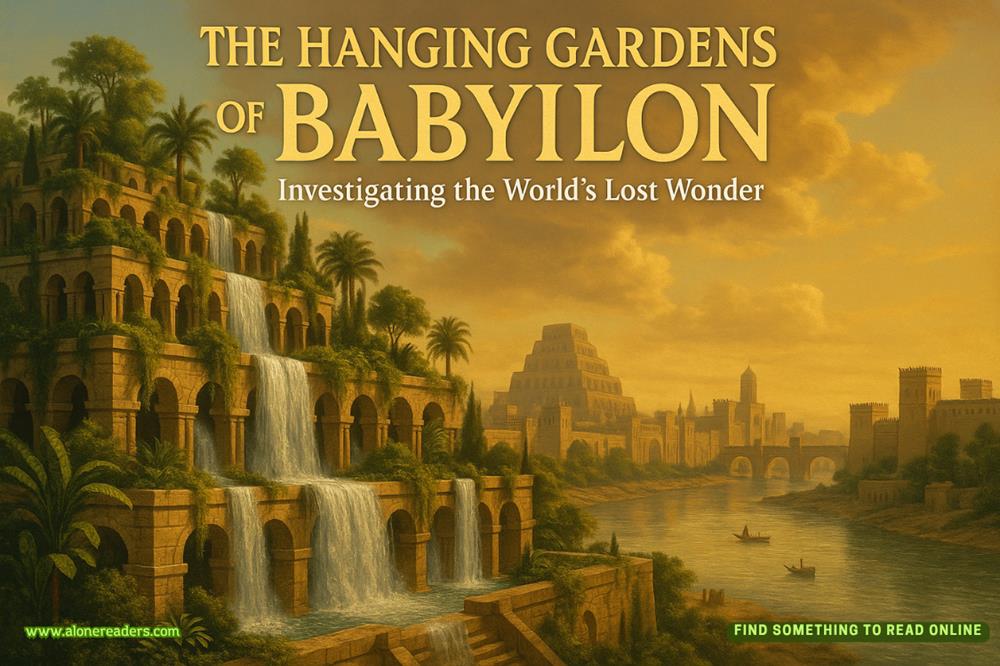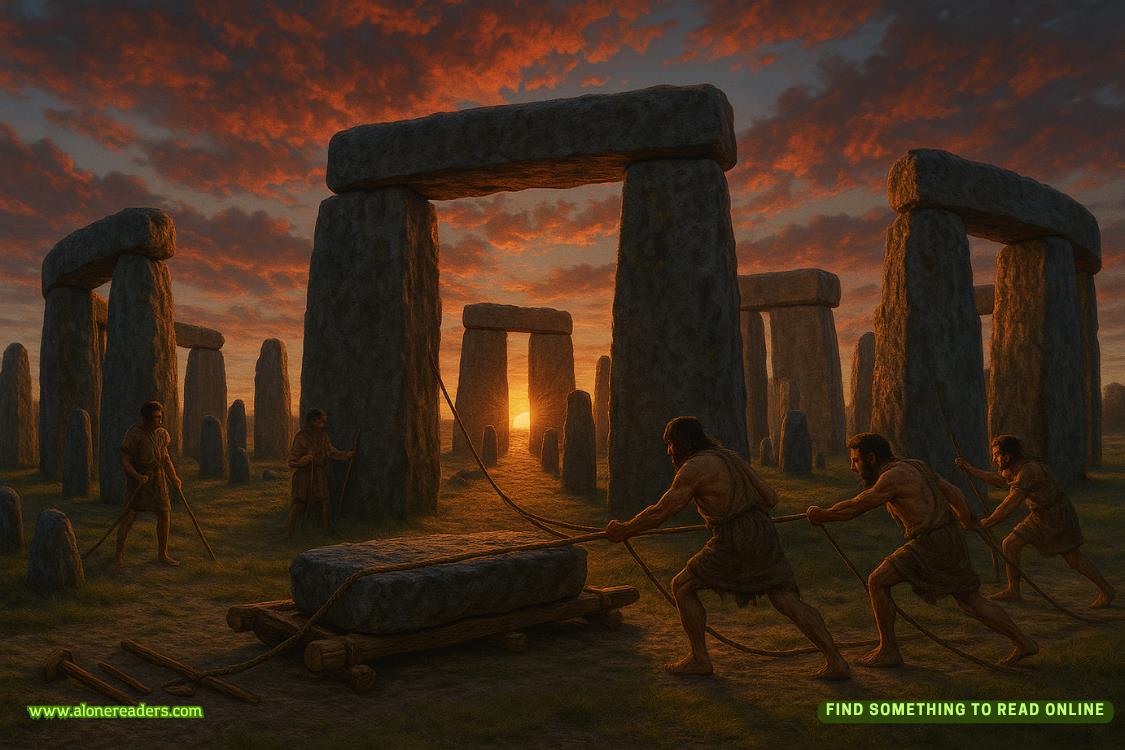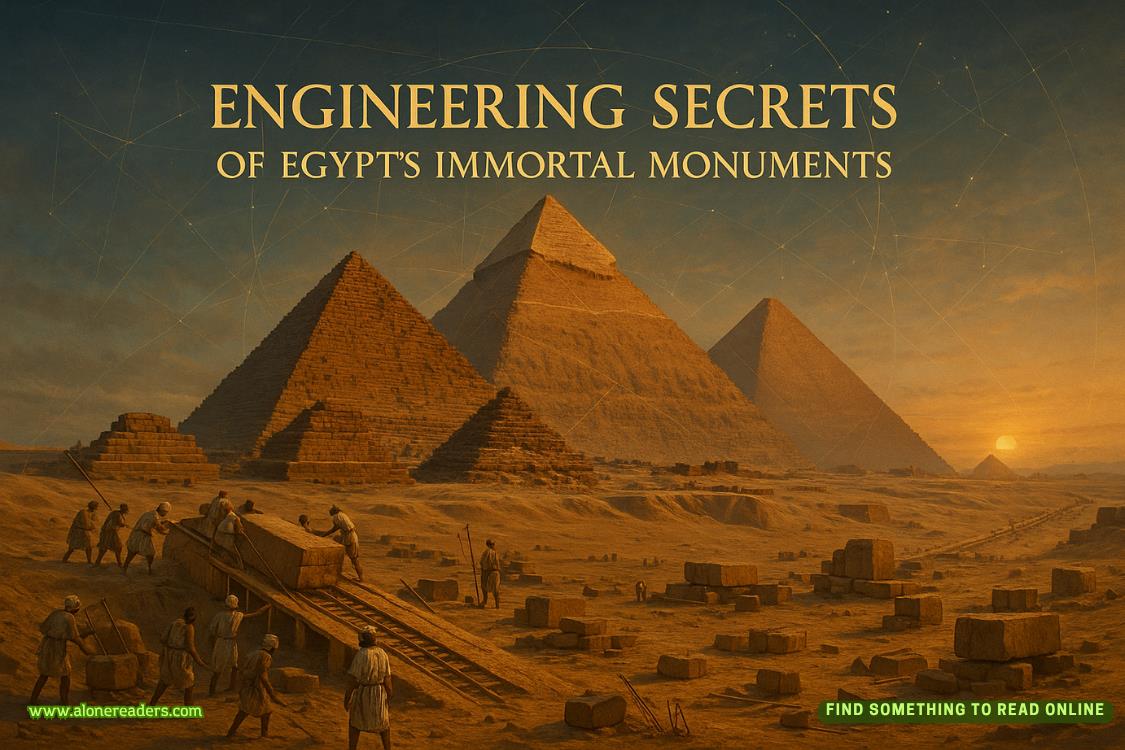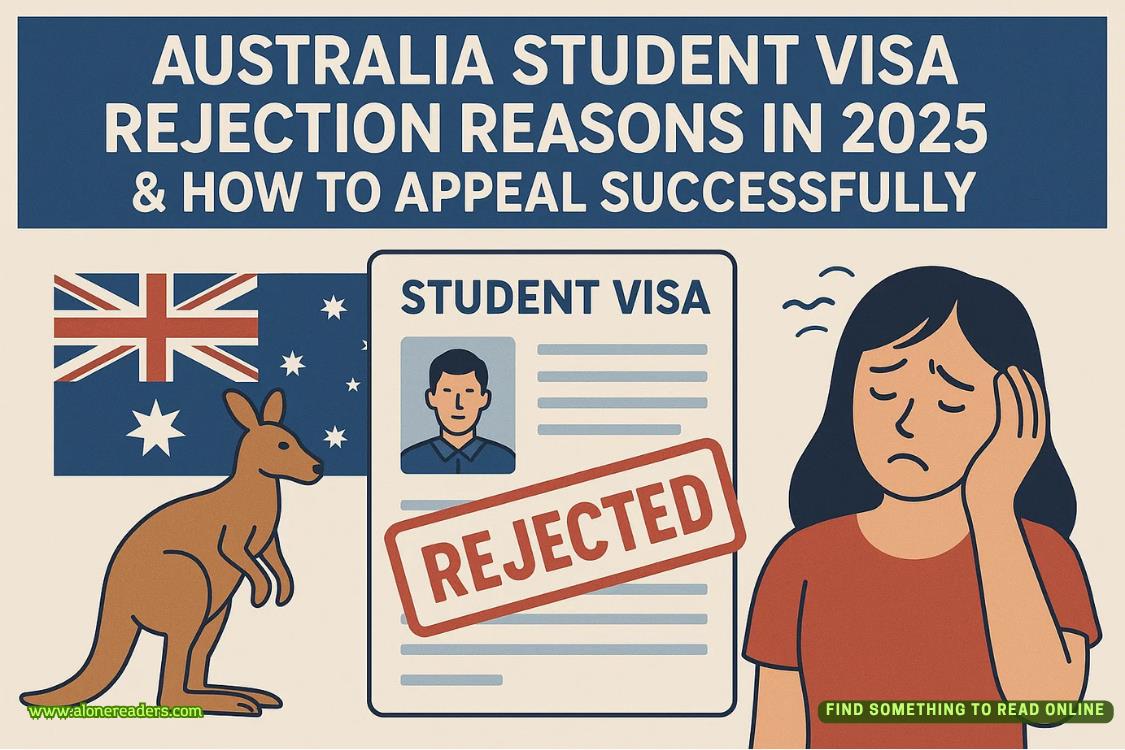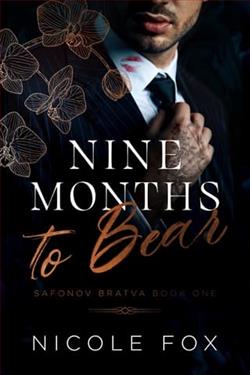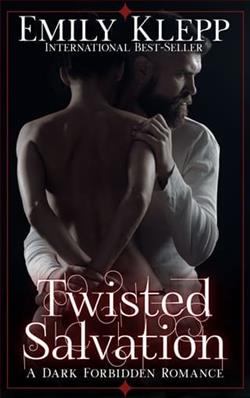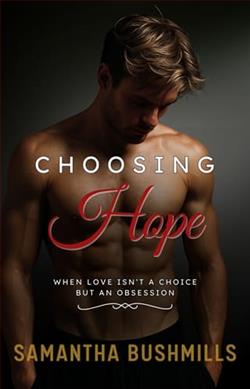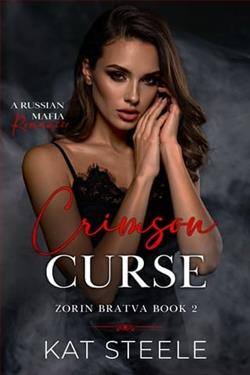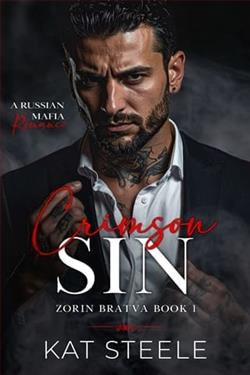Page 77 of Home Before Dark
The interior of Bartleby’s library bore an uncanny resemblance to Baneberry Hall. Large and charmingly Gothic, it was a riot of arched windows and carved cornices. Stepping inside literally felt like coming home. I wasn’t surprised when I saw the bronze plaque just inside the door announcing that the library had been paid for by William Garson.
A portrait of him hung on the other side of the hallway. I recognized his face from the one in the great room, although this portrait’s painter had been far more kind. Mr. Garson’s features were softer, his eyes not as dark. With his top hat and white beard, he looked more like a kindly old man than someone capable of killing his daughter.
The library’s main reading room was a wood-trimmed octagon in the middle of the building. The circulation desk sat in the center of the room—the library’s beating heart. Fanning outward from the desk like spokes on a wheel were wooden bookshelves that stretchedfrom floor to ceiling on two separate levels. Staircases flanking the door swept upward to the second floor.
That’s where I found Petra.
She had commandeered an entire table, which was covered with books about Bartleby history and several bulky file folders. “You’re here,” she said when she saw me. “I didn’t think you were going to show.”
I almost didn’t, for Jess’s sake. Although she had apologized for what she said yesterday—an exhausted “I’m sorry about the Petra stuff. I was just being jealous and ridiculous”—I knew she wouldn’t like the idea of my meeting alone with Petra. Especially when our intention was to dig into Baneberry Hall’s history, something I promised my wife I wouldn’t do. But my curiosity about Indigo Garson’s fate overrode any apprehension I had about our meeting. It always won out over common sense.
“Looks like you’ve been busy,” I said as I took a seat next to Petra.
“I had help.” Petra patted the stack of folders. “The reference librarian gave me this. Said they get a lot of people coming in wanting to know more about your house. Does it feel weird living in a place that’s famous?”
“I haven’t been there long enough,” I said, leaving out how Baneberry Hall feels weird for a bunch of other reasons. “Does it feel weird living almost literally in its shadow?”
Petra snagged a lock of blond hair and absently twirled it. “Not really. I haven’t lived anywhere else to know the difference, but my mom gets weird sometimes.”
“How so?”
“She always prays before she goes up there. Kisses her crucifix. Stuff like that. She told me once that it was haunted.”
“She really thinks that?”
“She’s just superstitious,” Petra said as she grabbed one folder and handed another to me. “It’s the German in her. Very strict.VeryChristian. Like, if she knew I was doing this, she’d tell me no good could come of it. That it will only lead to me being haunted by William Garson’s evil spirit or something.”
The folder she’d given me was filled with newspaper clippings. Most of them came from the local paper, theBartleby Gazette, which looked to be almost as old as Baneberry Hall. The first clipping was a photocopy of a ragged front page dated September 3, 1876. The top story—bearing the headlineOPEN HOUSE AT GARSON MANSE—was about the evening William Garson invited the entire town to visit his grand estate.
Many other articles in the folder had a similarly fluffy bent. Headlines about balls and birthdays and famous visitors to Baneberry Hall. I especially got a kick out of one from 1940.HOLLYWOOD ROYALTY SUMMERS IN BARTLEBY. The article included a blotchy photo of Clark Gable and Carole Lombard having cocktails in the Indigo Room.
But tales of death also lurked among the stories of glamour and frivolity. Far more than I had been led to believe. A string of tragedies that began with the death of Indigo Garson. A car accident in 1926 that killed another member of the Garson clan. A drowning in the bathtub in 1941. Two bed-and-breakfast guests dying mysteriously, one in 1955 and the other a year later. A fatal fall down the steps in 1974.
Sorting through them made me think of what Hibbs had said.
Baneberry Hall remembers.
It also made me wonder why he never bothered to tell me about all the other deaths that happened there. It was impossible to think he simply didn’t know about them. His family had worked thosegrounds for generations. Which meant there was a reason he omitted those other deaths.
Maybe he didn’t want to scare us away.
Or maybe he never wanted us to know.
I came to theGazettearticle about Curtis and Katie Carver, the most recent tragedy to occur there. The writer wasted no time in getting to the grisly details.
A man and his young daughter are dead in what Bartleby police have called a bizarre murder-suicide at Baneberry Hall, one of the town’s oldest and most infamous addresses. Police say Curtis Carver, 31, smothered his six-year-old daughter, Katie, before killing himself—a crime that has sent shock waves through the normally quiet community.
The photo that ran with the article was the same picture Jess had found during our tour of the house. Marta Carver and young Katie in matching dresses and smiles, Curtis keeping his distance, looking simultaneously handsome and sinister.
I put the clipping on a pile of articles about the other Baneberry Hall deaths. I wanted to read more—about all of them. But we were there to learn about William and Indigo Garson. The others would have to wait.
“I’m going to make copies of these,” I told Petra. “I’ll be right back.”
The library’s only photocopier sat large and heavy just outside the door of the octagonal reading room, offering copies for a dime apiece. Digging out change from my pocket, I got to work, making copies of each article.
My final copy—a reproduction of the article about the Carverfamily, the photo of them splotchy and dark—was sliding out of the machine when a woman passed by and entered the reading room. The mood inside the library shifted at her presence. It was like an electric pulse sparking across the entire place, silent yet keenly felt by all. People glanced up from books. Whispered conversations came to a sudden stop.
Turning around, I saw the same face that was on the photocopy.

